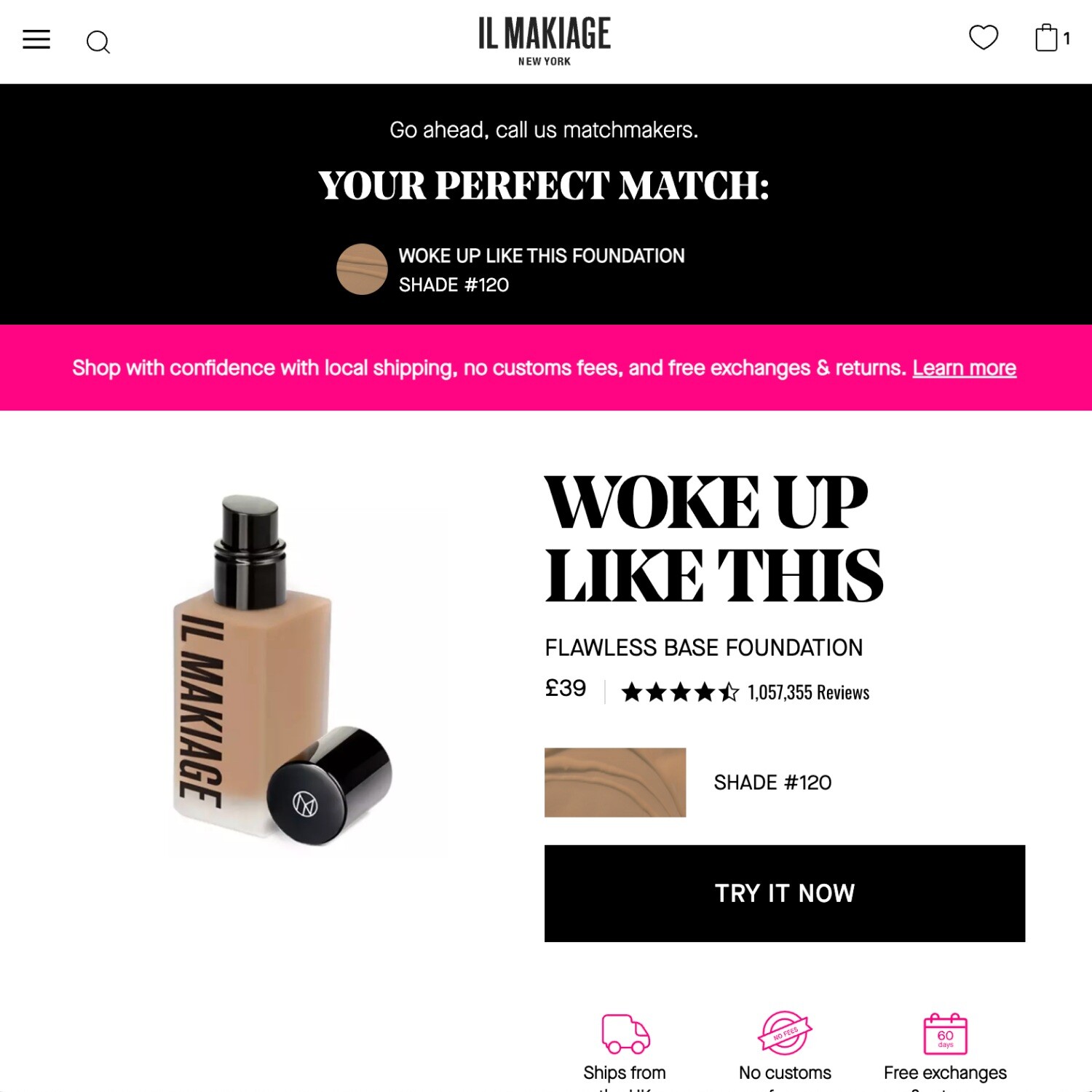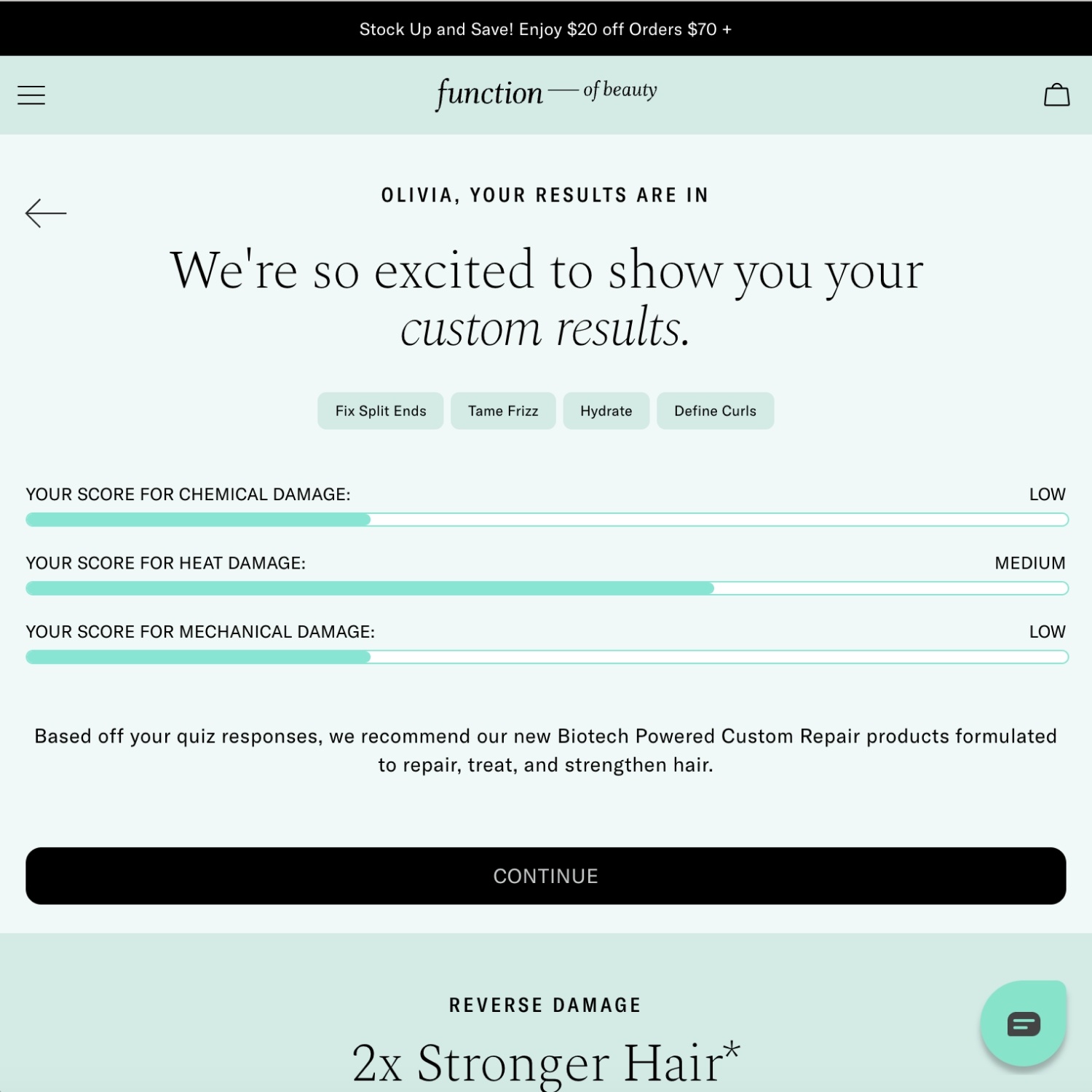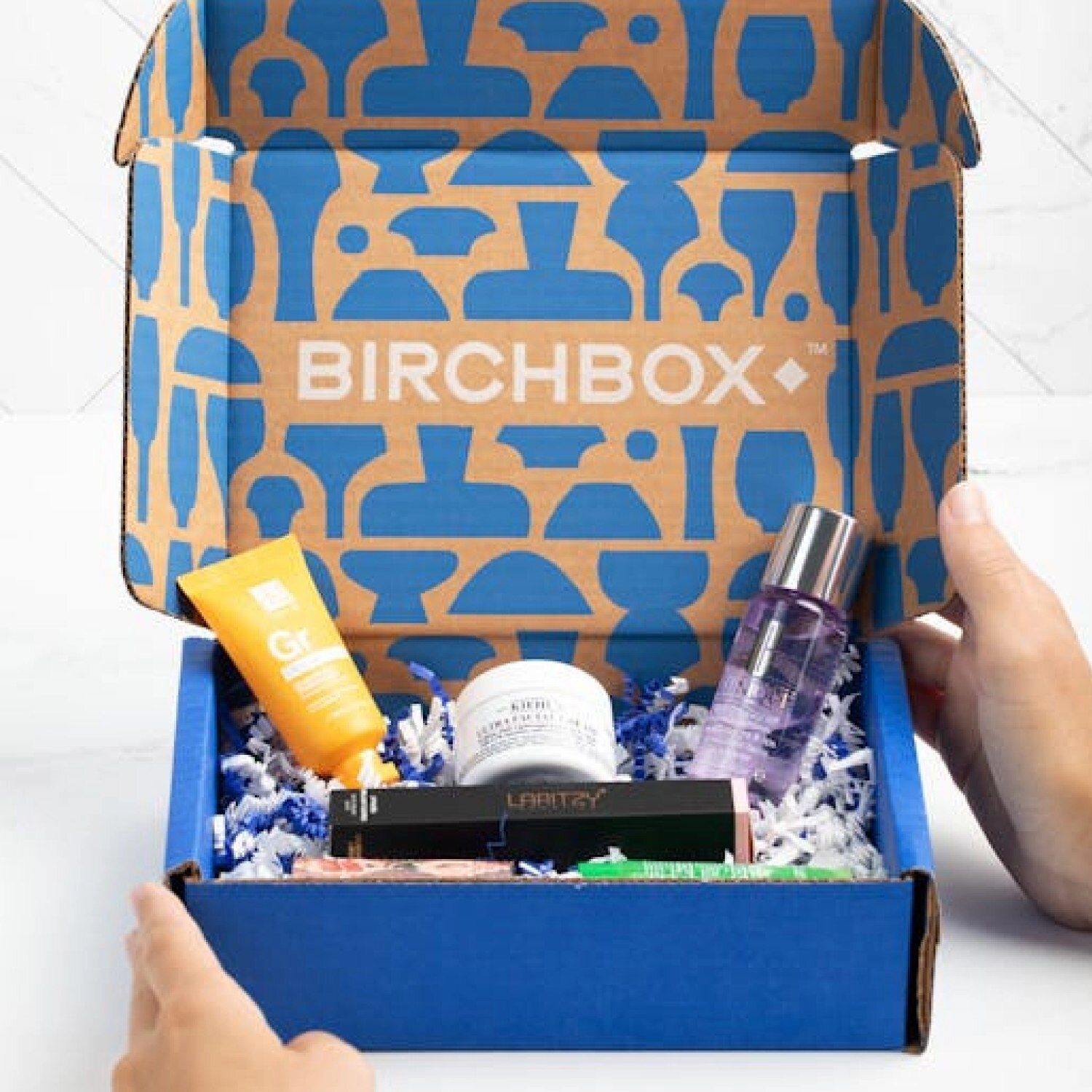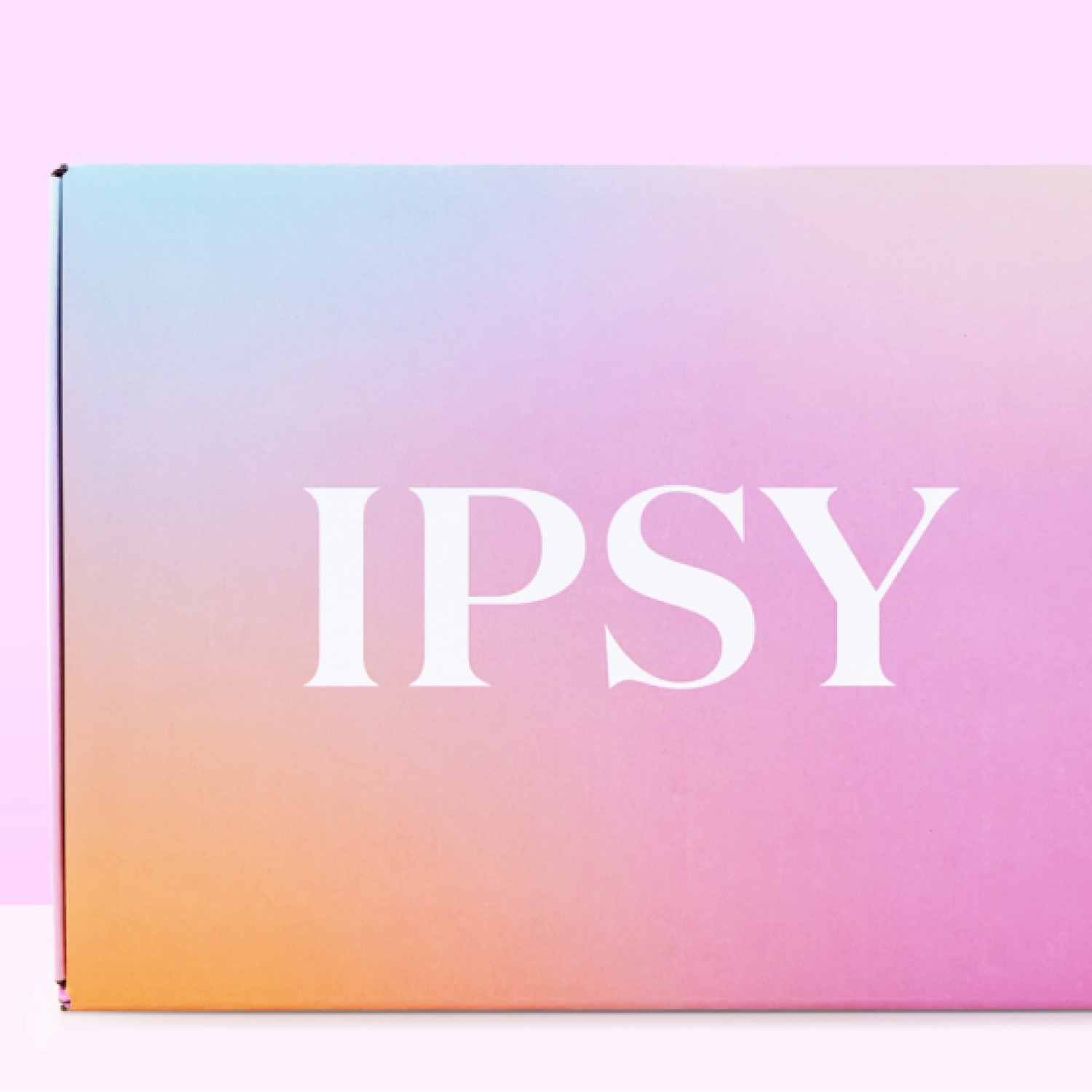Discover how our innovative approach to tech refurbishment is redefining the industry, minimising carbon footprints and maximising efficiencies. With regional returns centers and a commitment to sustainability, we're streamlining the process and creating new revenue opportunities for manufacturers.
Audio reader

Download your copy of the OmniDisruptors Report.
Lessons from the brands redefining retails in the omnichannel era.
Download the reportNext up in our global eCommerce trends series is the beauty and cosmetic industry. This sector is truly thriving when it comes to making waves (ebb and glow) from an innovation perspective - but what exactly can we expect to see in the coming months from the beauty and cosmetic industry? Let’s investigate.
Shifting consumer preferences and purchasing behaviours
Feel good feeling: The rise of ethical and sustainable beauty
Today's consumers are increasingly conscious of the environmental and ethical impact of their purchases. Brands that emphasise sustainability, cruelty-free practices, and eco-friendly packaging are gaining significant traction. Consumers are not just looking for products that make them look good but also feel good about their choices. This shift is driven by a growing awareness of environmental issues and a desire to contribute positively to the planet. As a result, brands that adopt green practices and transparently communicate their efforts are more likely to attract and retain customers.
Ethical considerations are also extending beyond the product itself to include the entire supply chain. Consumers want to know that the ingredients are sourced responsibly, workers are treated fairly, and the overall production process minimises environmental impact. This has led to the popularity of certifications such as Fair Trade and Leaping Bunny, which provide consumers with assurances of ethical standards.
According to our recent research, 39% of brands in the beauty sector are investing in more targeted and personalised promotions compared with just 28% of brands on average. And if we take the 92% of cosmetic brands, 93% of skin/haircare brands, and 100% of wellbeing brands that consider customer journey customisation crucial for driving referrals and increasing purchasing frequency, it’s pretty clear that this trend will continue - way past 2024.
Squeaky clean: The demand for clean beauty products
Nope, we don’t mean clean as in the opposite of dirty. We’re talking ‘clean beauty’, which focuses on products free from harmful chemicals and made from natural ingredients. Consumers are prioritising health and wellness, leading to a surge in demand for organic and non-toxic beauty products. And we’re absolutely living for it! This trend is particularly strong among Millennials and Gen Z, who are more likely to scrutinise ingredient lists and seek out products that align with their health-conscious lifestyles.
The clean beauty movement is not just about avoiding harmful ingredients, however; it also encompasses transparency and simplicity. Brands that offer clear, honest labelling and avoid complex, synthetic formulations are gaining trust and loyalty. This trend has led to an increase in DIY beauty routines, where consumers mix their own products using simple, natural ingredients. It’s a whole new level of customisation you didn’t even know existed!
And clean beauty now goes beyond the product. Consumers don’t just want to make conscious decisions alone - they need to feel the company they’re buying from is making actual efforts to reduce their overall climate impact. According to Mintel, this ‘passive approach’ to climate change that so many companies are taking simply isn’t good enough. But how can brands address this?
Partnering with other companies with a focus on ESG and social impact is a start. For eCommerce companies, this might look like choosing an ethical 3PL provider. At fulfilmentcrowd, our business model is sustainable by design, so instead of having a negative impact on the environment by building new warehouses and fulfilment centres, we’re making the most of what the world already has to offer.
Convenience and speed
Let’s face it, as consumers, we have the attention span of goldfish and we want things like a toddler wants ice cream. We expect seamless, fast, and convenient shopping experiences. Features like same-day delivery, easy returns, and comprehensive product information are becoming standard requirements. In the beauty sector, this translates to the need for detailed product descriptions, high-quality images, and user reviews that help consumers make informed decisions. This is especially important when buying beauty products online - without user-generated content and reviews, it’s almost impossible to know how a product might look on you (unless you’ve implemented some stellar tech, that is).
And tech is set to meet these expectations. Innovations such as drone deliveries, automated warehouses, and advanced tracking systems are being implemented to enhance the delivery experience. Quick and easy navigation, secure payment options, and personalised recommendations are laying the foundation (see what we did there?!) for the beauty industry to come out on top.
Virtual try-ons and Augmented Reality (AR)
Augmented Reality (AR) is revolutionising the way consumers shop for beauty products online. Virtual try-ons allow customers to test products like makeup and hair colours digitally, providing a more interactive and personalised shopping experience. This technology bridges the gap between online and in-store shopping, helping consumers visualise how products will look on them without needing to visit a physical store.
It also limits returns and the likelihood of frustrated customers. Knowing what a lip colour will actually look like or how an eyeshadow might complement your eyes is less likely to lead to disappointment when it turns up at the door.
And AR tools are becoming even more sophisticated, offering realistic and accurate representations of how products will appear on different skin tones and facial features. Consumers can experiment with different looks and shades from the comfort of their homes. Brands like Sephora and L'Oréal have successfully integrated AR try-ons into their apps and websites, setting a new standard for online beauty shopping.
Impact of social media influencers
We don’t need to highlight the importance of social media influencers to beauty moguls. But this isn’t a trend that’s going away - and in fact, is becoming a critical part of beauty and cosmetic brands’ marketing strategies. Social media influencers play a crucial role in shaping consumer opinions and driving purchasing decisions in the beauty sector. Influencers with large followings can create significant brand awareness and credibility, often resulting in increased sales. And micro-influencers offer the transparency and insight that their macro counterparts often lack. Their authentic and relatable content resonates with audiences, making influencer recommendations highly persuasive. We didn’t even know we needed lip and cheek fillers until Kylie Jenner said it was okay.
Influencer marketing strategies are evolving to include long-term partnerships rather than just one-off campaigns. This approach builds deeper connections between the influencer, the brand, and their followers, resulting in more sustained and impactful brand advocacy. Influencers are also diversifying their platforms, using Instagram, TikTok, and YouTube in conjunction with one another - not only does this enable them to reach a much wider audience, but also offers a broader range of content formats and chances for brands to promote products effectively.
Micro-influencers:
While macro-influencers have vast reach, micro-influencers, with their niche and engaged audiences, are proving to be equally, if not more, effective. Their recommendations often come across as more authentic and trustworthy, resonating well with specific target groups. Micro-influencers typically have followers ranging from 1,000 to 100,000, and their content is often more focused on specific interests or communities.
Micro-influencers might have a smaller reach, but a far more trusting audience. They’re often used to drive bottom-funnel results, whereas macro-influencers are used for brand awareness and penetration. Brands are increasingly using both to tackle rapid growth, especially in new markets. The UK especially is seeing a huge increase in Korean skincare trends being driven by both micro and macro influencers - so it’s definitely something to keep an eye on.
Brands are increasingly collaborating with multiple micro-influencers to create a broad yet targeted marketing strategy. This approach allows you to tap into different segments of the market, each with its own unique preferences and behaviours. The cost-effectiveness of working with micro-influencers also enables you to achieve higher engagement rates - without the substantial investment required for top-tier influencers.
User-Generated Content (UGC)
Encouraging customers to share their own content, specifically after they’ve purchased certain products, can boost engagement and build a community around a brand. User-generated content (UGC) also provides social proof, which is a powerful motivator for potential buyers. Consumers trust the experiences and reviews of other users, often viewing them as more credible than brand-generated content. It’s also super cost-effective advertising and although each individual won’t be hitting a huge audience, they’ll be reaching an incredibly engaged and receptive follower base. We all trust a recommendation from a friend - and this is no different on social media.
Brands are leveraging UGC by creating dedicated hashtags, running contests, and featuring customer photos and videos on their websites and social media channels. This not only enhances brand visibility, but also creates a sense of community and loyalty among customers. UGC campaigns can be particularly effective in showcasing the versatility and real-life effectiveness of beauty products - without the hefty influencer price tag.
Live streaming and social commerce
Platforms like Instagram, TikTok, and YouTube are not just for sharing content, but also for direct sales. Live streaming allows influencers and brands to showcase products in real-time, answer questions, and drive instant purchases through integrated shopping features. This form of social commerce is gaining popularity, as it combines entertainment with shopping, creating a highly engaging experience. We already use our phones for everything else; we might as well start buying from social media channels the minute we see something we like.

Live streaming events often feature product demonstrations, exclusive launches, and interactive Q&A sessions, providing viewers with an in-depth understanding of the products. Brands are also using live streams to offer limited-time discounts and promotions, encouraging immediate purchases. The interactive nature of live streaming builds a sense of urgency and excitement, making it a powerful tool for driving sales and customer engagement.
In fact, according to our research, nearly a third (28%) of retailers plan to prioritise social media as a means to drive demand in the coming year, and 36% are already leveraging Instagram as a selling channel. Social commerce generated nearly £600 billion in revenue globally in 2022, with an expected growth rate of 31.6% annually.
Personalisation in beauty eCommerce
Customised product recommendations
Nothing makes us feel more special than when we think a brand instinctively knows us. Well, maybe when our loved ones know us, but you get the point. By leveraging AI and data analytics, you can offer personalised product recommendations based on individual preferences, purchase history, and browsing behaviour. This not only enhances the shopping experience, but also increases the likelihood of conversion. Personalisation helps consumers discover products that are tailored to their specific needs and preferences, making the shopping experience more relevant and enjoyable.
AI-powered recommendation engines analyse vast amounts of data to understand customer preferences and predict future needs. This technology can suggest complementary products, provide tailored beauty tips, and even forecast trends based on user behaviour. Personalisation extends to email marketing, where brands send targeted messages with product suggestions, exclusive offers, and personalised content. It’s just enough to make consumers know you’re thinking about them, without being too creepy.
Tailored beauty solutions
We want products that cater to their unique needs. But we don’t always tell you what those unique needs are. So it’s all about tailoring solutions, without limiting what else your brand can offer. Much like winged eyeliner, it can go one way or the other - and practice makes perfect. Brands offering customisable solutions, such as bespoke skincare or personalised makeup shades, are gaining a competitive edge. Customisation allows consumers to feel more in control of their beauty routines and ensures that products address their specific concerns. You might not always know what these specific concerns are, but the more your customers interact with you, the more you can discover about them.
There are multiple cosmetic brands that have pioneered the personalised beauty movement by offering products that are custom-formulated based on detailed customer profiles. These profiles take into account factors such as skin type, hair type, lifestyle, and personal preferences, resulting in products that are highly tailored to individual needs. The personalisation trend is also seen in beauty tools and devices, with brands offering customisable settings and features.


Although it feels like a lot of work, the investment really does pay off. A third of respondents in our research stated that they would be investing in targeted and bespoke promotions over the next year - and we’re expecting to see that flourish beyond 2024.\
Subscription boxes
Personalised subscription boxes that deliver curated beauty products based on customer profiles have heavily risen over the last 12 months (just like our eyelash extensions). These not only provide a convenient way for consumers to discover new products, but also ensure a steady revenue stream for brands. Subscription services like Birchbox and Ipsy use customer data to curate boxes that match individual preferences, introducing subscribers to new products and brands. For beauty connoisseurs, it’s the perfect opportunity to discover something unique and customised to your preferences.


Subscription boxes offer a surprise and delight element, as customers look forward to receiving a curated selection of products each month. This model also encourages brand loyalty, as subscribers are more likely to repurchase products they discover through their boxes. They also provide invaluable insights into consumer preferences and trends, helping you refine your product offerings.
Enhanced customer experience
From personalised email marketing campaigns to tailored loyalty programs, providing a customised experience at every touchpoint helps build stronger relationships with customers (we know you know this already, so it goes without saying). Brands that understand and anticipate the needs of their consumers are more likely to maintain that loyalty and repeat business. Personalisation extends to customer service, where you can use customer data to offer proactive support and tailored solutions.
Loyalty programs that reward customers for their purchases and engagement are becoming more sophisticated. Brands are using data analytics to create tiered rewards systems, personalised offers, and exclusive perks that resonate with individual customers. By recognising and rewarding loyalty, brands can enhance customer retention and lifetime value.
A significant portion of retailers acknowledge the importance of customisation. Our research found that 87% of general retailers consider customer journey customisation crucial for driving referrals and increasing purchasing frequency. It’s a trend that’s been rising in the last few years - and isn’t set to stop.
Looking for more industry insights?
Check out our other recommendations just for you!
See allAs an industry leading UK based order fulfilment service, we thought it important to highlight the ins and outs of the Plastic Packaging Tax.
Unlock how health brands achieve multichannel (DTC & B2B) consistency for growth, overcoming challenges with fulfilmentcrowd's innovative solutions.


.jpg?width=300&name=Dublin-warehouse%20(1).jpg)
.webp?width=300&name=Omnidistruptors-mockup1%204%20(1).webp)
.jpg?width=300&name=GAAstore-lifestyle-image%20(2).jpg)

 By Alice Davies
By Alice Davies




